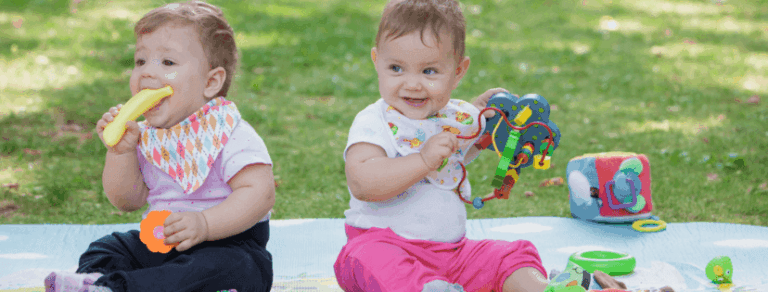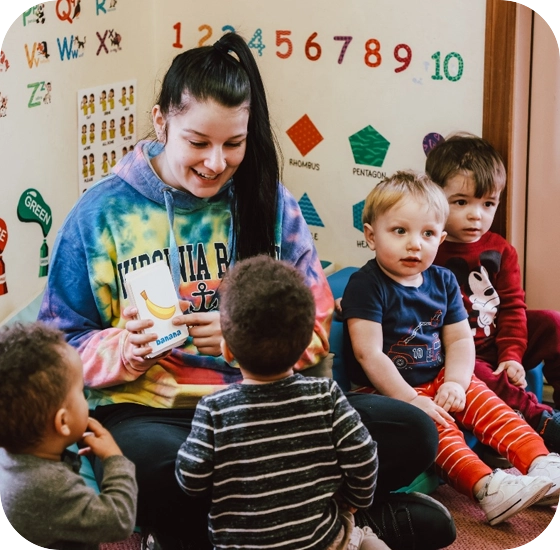As a parent, you play a fundamental role in facilitating your child’s education. Your responsibilities go beyond providing emotional and financial support. You can actively take steps to improve how your child learns. And a great way to do this is by using the MECE (Mutually Exclusive and Collectively Exhaustive) framework.
The MECE framework is a tool used to structure problems. It involves breaking down a problem into distinct and non-overlapping categories. This ensures that all the possibilities of the problem being dealt with are covered.
It is a helpful tool that parents can use when facilitating their child’s learning. But first, you need to identify the areas in which your child needs improvement, whether it be social skills, motor skills, or language development. Then, you break down a skill into mutually exclusive and collectively exhaustive categories. For example, your child’s language skills need improvement. You can break down this area of development into vocabulary, grammar, phonetics, and fluency categories.
Once you have established the categories, you can focus on each. Do this by identifying specific activities and resources to help your child improve their skill. For example, you can use flashcards or storybooks to strengthen vocabulary. To improve fluency, you can use speaking and listening exercises. For grammar, you can incorporate playing games. And for communication skills, encourage them to talk to peers.
Using the MECE framework, you can rest assured that you are addressing all the areas of your child’s development. Doing so can also help you create a structured approach to their education. Below are the essential steps to take toward your child’s learning for a more in-depth understanding of how you can use this framework.
Understanding your Child’s Learning Style
There are three primary learning styles: visual, auditory, and kinesthetic. Understanding these will help identify your child’s learning style. In turn, this will help you to provide an environment that caters to their learning and development.
Visual learners prefer to learn through pictures and diagrams. They can process information quickly in a graphic format. They often think in imagery, like taking notes and use color coding to organize their ideas.
Auditory learners prefer to learn through listening and speaking. They can process information better through lectures or discussions. These types of learners benefit from repeating information aloud. Also, creating rhymes or using music helps them to process and remember information.
Kinesthetic learners prefer to learn through physical activity and hands-on experiences. They need to be active and move around to process information. They often use their hands to solve problems.
To identify your child’s learning style, observe how they respond to different learning activities. Do they enjoy using pictures and diagrams, or do they prefer to listen to stories? Do they enjoy hands-on activities or like to sit still and listen?
Once you know your child’s learning style, you can implement appropriate learning strategies. With the MECE framework, you can structure learning activities that cater to their learning needs. If your child’s a visual learner, you can use teaching materials such as videos, pictures, and diagrams. Plan activities involving storytelling or music if your child’s an auditory learner. And if your child’s a kinesthetic learner, opt for more physically engaging activities. A word to the wise, many children have a mix of learning styles, so it’s best to incorporate all methods in your activities.
Encouraging a Love for Learning
A positive attitude towards learning is crucial for a child’s educational success. When a child has a positive attitude, they are more likely to be engaged in their studies, willing to take risks, and open to new experiences. This can lead to improved academic performance, greater confidence, and a lifelong love for learning.
You can foster a love for learning using the MECE framework as well. The way to do this is by using various methods to make learning fun and engaging. You can incorporate games, puzzles, and interactive activities. This will encourage your child to think creatively and critically. Also, you can introduce your child to new experiences, such as trips to the museum or local library. Choosing to teach this way helps hold your child’s interest longer, especially given their short attention span.
Furthermore, you can encourage your child to pursue their respective interests. You can do this by providing opportunities for them to explore the topics they feel passionate about. Provide them with materials and resources that cater to these interests. Then, encourage them to ask questions and seek answers independently.
Involving yourself in your Child’s Education
Children with involved parents are more likely to have better academic performance. And they are more likely to be motivated learners. This is because parental involvement improves communication with their child and childcare providers.
Actively engaging in your child’s education is quite simple. Start by establishing a positive relationship with your child’s teachers and school. You can make this happen by attending parent-teacher conferences, attending school activities, and introducing yourself. Also, be proactive about staying informed about your child’s academic progress. Ask about your child’s strengths and areas that need improvement, and work together to develop a plan for academic success.
Additionally, it is crucial to provide a supportive learning environment at home. Establish a regular time during school nights for homework and studying. This will help them get into a routine. Also, provide the necessary resources such as books, writing materials, and technology. It is also essential to check in and have a talk with your child. This is to ensure that they are on track with schoolwork. And if it’s not the case, offer to guide and help them.
In conclusion, the role of parents is critical to a child’s academic success. But, the benefits of this go beyond improving your child’s academic skills. Involved parents have better relationships with their kids and childcare providers. This ensures that your child also improves in their emotional, social, and cognitive development. This will set them up to become lifelong learners.
At Carepointe Academy, we work hand in hand with parents to ensure that children receive quality and competency-based education to reach their highest potential. Our curriculum encourages problem-solving and critical thinking beyond the typical childcare approach. To learn more about our programs, kindly visit our website.








